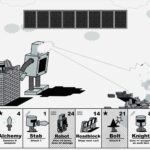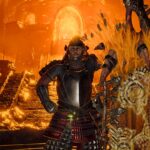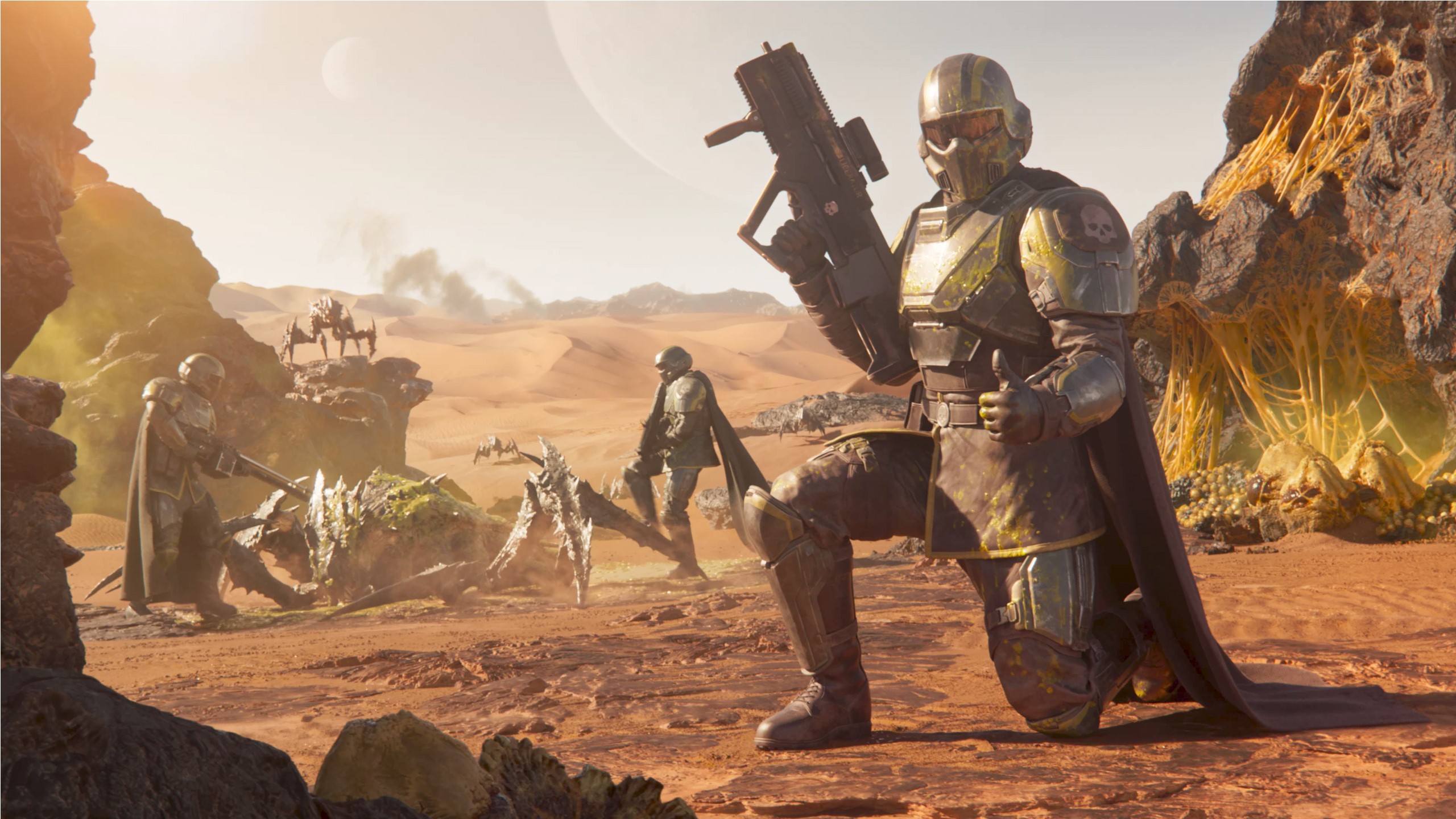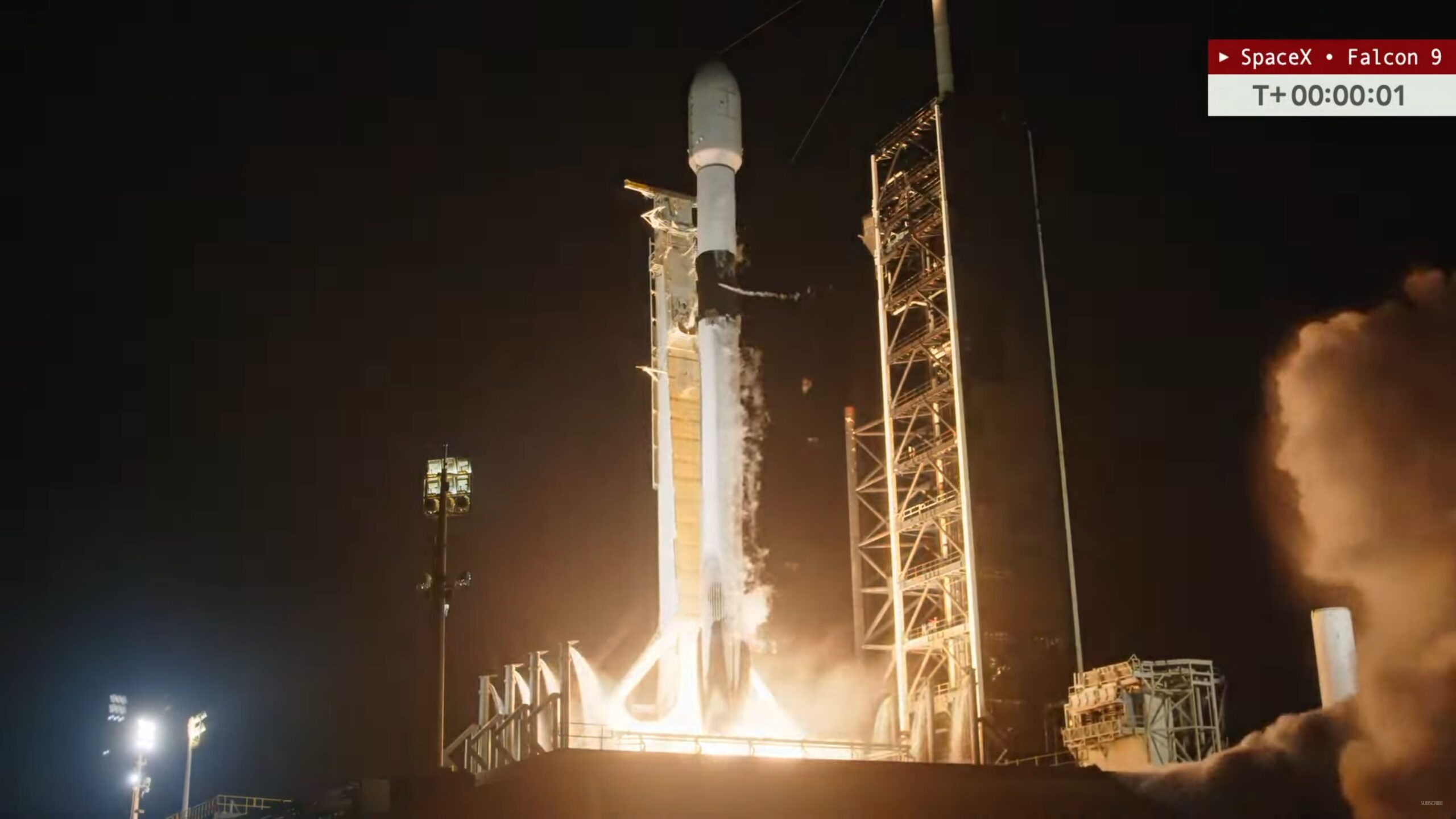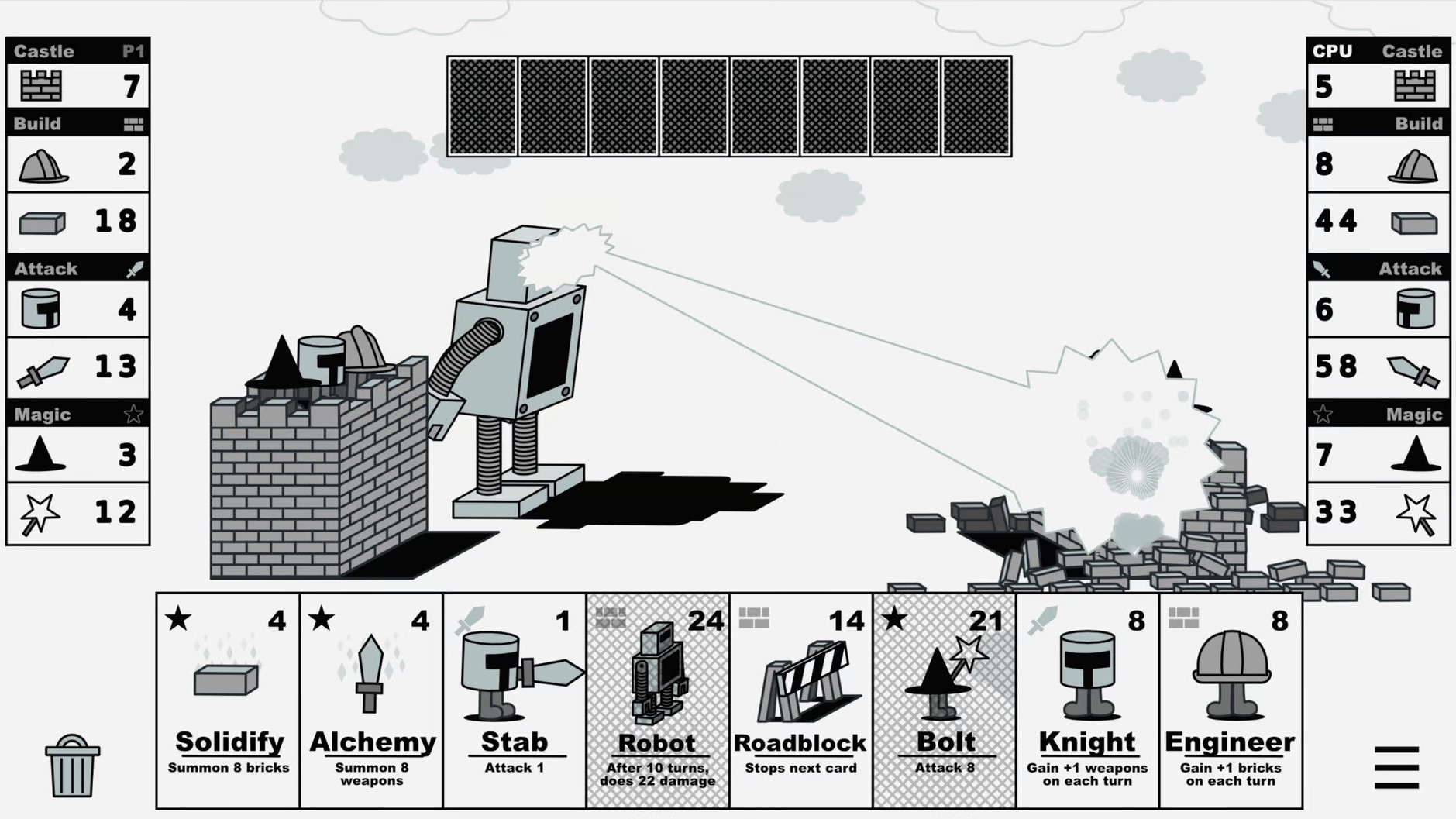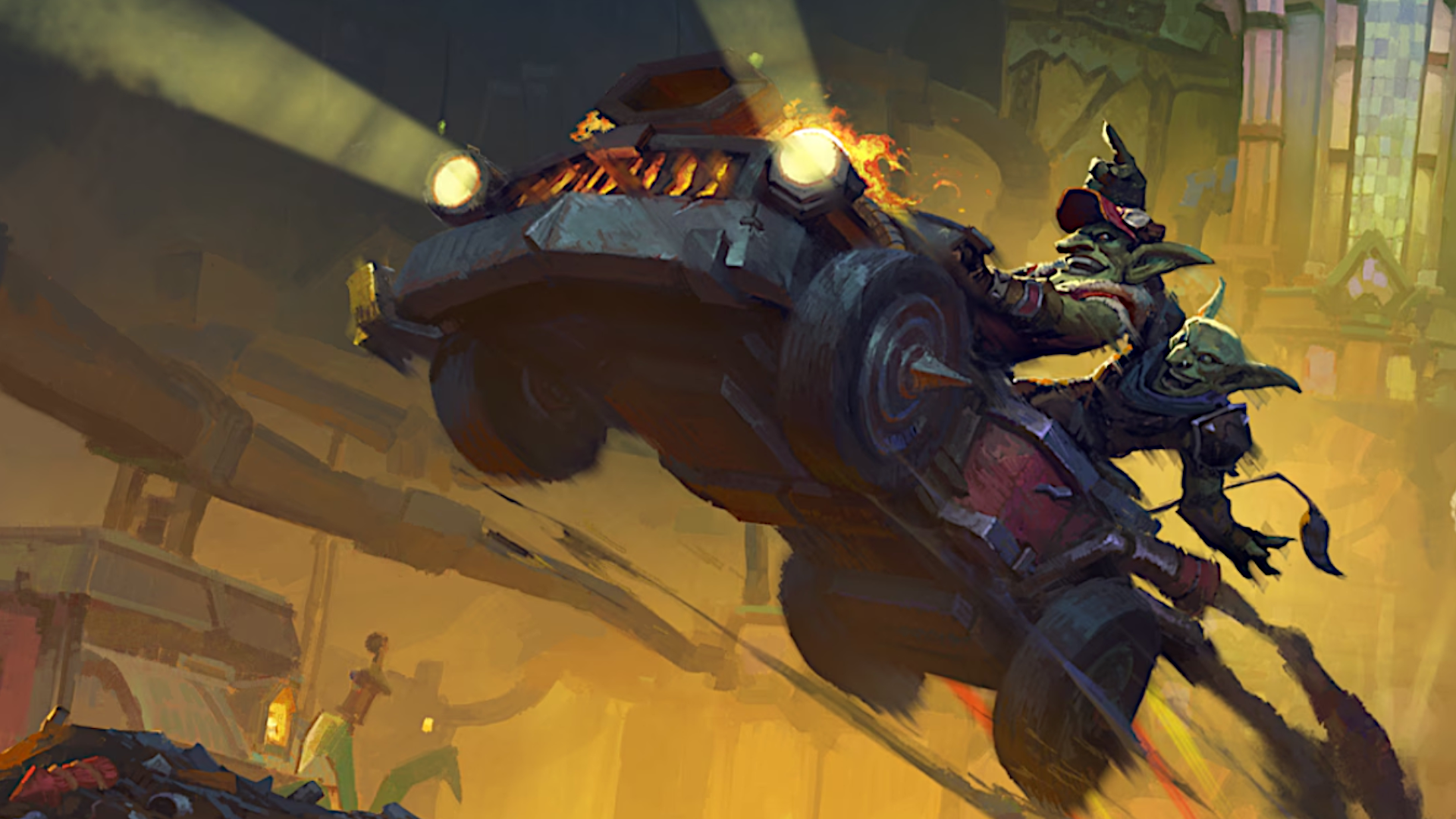What is it? The sequel to 2015’s Helldivers, an online squad shooter inspired by Starship Troopers. It switches the original’s top-down perspective for a fully 3D, over the shoulder view.
Expect to pay £35/$40
Release date Out now
Developer Arrowhead Game Studios
Publisher PlayStation PC
Reviewed on RTX 2070, i7-10750H, 16GB RAM
Steam Deck Playable
Link Official site
Picture the scene: Four soldiers make a desperate scramble for their dropship on an alien planet, pursued by enormous, dagger-clawed bugs. Machine gun fire rattles, green goo erupts, the landing pad teems with beasts as the quartet piles through the boarding hatch and their ride blasts off at the last available second. It could be a Hollywood action sequence, but in Helldivers 2 it’s merely the end of another mission.
Indeed, it’s amazing just how often a Helldivers 2 sortie climaxes in screaming, skin-of-the-teeth heroics. And it remains exciting time after time, because that Hollywood ending is never guaranteed. Maybe you get tagged yards from completing your great escape. Maybe by a spray of bullets from a wheeling teammate. Maybe the group’s impossibly overrun, yet one of you somehow dives home and lives to tell the tale. Or maybe no one makes it at all (mercifully, you still get rewards for any completed objectives).
Starship bloopers
(Image credit: Arrowhead Game Studios)
It’s not only the denouement of missions that make lasting memories either. In this four-player squad shooter (solo play is possible, but not much fun), every element harmonises explosively, resulting in scenes that really could have been choreographed for the movies. And, well, in a sense they were. Helldivers 2 is unashamedly a mash of sci-fi action film tropes, with a large slice of Starship Troopers on proud display, sprinkles of Aliens and the Terminator series on top. Every line of its code works to recreate the feel of their iconic scenes—panic, bravado, dark humour—through improvised mayhem.
Leaning into Starship Troopers’ scenario is a smart choice for the tone of the game too. As with its predecessor, Helldivers 2 apes Paul Verhoeven’s 1997 satire at every turn, as citizens of Super Earth fight for freedom and democracy by offering their lives to the churn of endless war. True, the writing here is little more than a pale impression of its inspiration, yet it grants the action a glorious absurdity that sparks wild gambits and frequent hilarity.
The appeal comes from the idea that, despite the propaganda, you aren’t some Master Chief super soldier, but a hapless nobody, plunged into enemy territory to sacrifice yourself for vague ideals. You will be crushed, burned, impaled and probably blown up by equally out-of-their-depth teammates, so every onslaught you survive is a well-earned victory, and every death is a tragi-comic side effect of the situation. Besides, seconds after your demise, one of your squadmates calls in reinforcements, and before you know it you’re barrelling down from orbit in a bullet-like capsule to rejoin the fray. Just hope they took care not to summon you near a pack of killer bugs or cyborgs.
(Image credit: Arrowhead Game Studios)
One of the most consistently brilliant concepts in Helldivers 2, in fact, is that support always arrives from the sky, launched by your personal starship, which hangs like a satellite above your position. In many ways, this sequel is a remake of the first game with added live service progression and a switch of perspective, from top-down to over-the-shoulder, but that switch is a genuine game changer, both because it makes the fights so much more up close and personal, and because of your connection with the heavens, as drops from above pepper the battlefield.
Not only do reinforcements arrive from on high—with a hefty thud that can smash fragile scenery or bugs—but so do what the game calls stratagems, which means equipment, heavy weapons and devastating firework displays of airstrikes and orbital laser fire. Each combatant selects four stratagems before landing, all restricted by cooldown timers, and managing these is the difference between being some schmuck holding an assault rifle and a few grenades, and a cackling exterminator who’s a danger to insect, machine and human alike.
Air and orbital strikes are a quick way to decimate swathes of enemies, but equally the surest means of butchering your friends.
You see, air and orbital strikes are a quick way to decimate swathes of enemies, but equally the surest means of butchering your friends. You make the call by throwing a metal ball, which acts as the target point for the barrage—a comically imprecise method for a precision strike—then a red beam appears from the sky and you have seconds to clear the area before the boom, the shake and a stunning display of smoke and flames. That red laser can thus be your saviour, or the harbinger of imminent death.
It’s the same with automatic gun turrets, mine pods and beefy hand-held ordnance. You literally can’t live without them, but their deployment might work against you, whittling down your reinforcement stock faster than the enemy could have hoped. And even with an organised squad, mistakes happen simply because skirmishes escalate so wonderfully stupidly quickly in Helldivers 2. One minute, you’re in tight formation, calmly pinging distant threats (a very useful feature), the next you’re diving behind a rock to avoid a charging beetle, its chums burrowing up on all sides, your team scattered. Before the dust settles, someone saves an ally from certain death, someone goes down in a blaze of suicidal glory, and of course someone punches an airstrike command and lobs the targeting device without checking your position first.
Fighting fit
(Image credit: Arrowhead Game Studios)
It’s not any one element of Helldivers 2 that makes it sing, however. They all conspire together. With the enemies, the numbers are huge—with framerate drops very rare—closing in like xenomorphs nesting in a reactor, but also the specifics of each kind force you to react differently, making you run, stand firm or dive to the dirt, scatter grenades or whip out a shotgun for close encounters. You learn that the bigger, deadlier creatures and androids, which start popping up in about the fourth or fifth of the game’s nine difficulty levels, have specific weak spots. Getting them in your sights is often a matter of using the terrain to your advantage or combining with a mate, one of you baiting the target while the other strikes from the rear.
Mission design, meanwhile, is involving and varied even at this early stage. From destroying bug nests or bot factories to grabbing soil samples or preparing the launching of an ICBM, objectives span multiple stages, which send you between traversing the sizeable maps to holding positions while stabbing inputs into terminals, manually moving machinery or waiting for processes to complete. Missions also offer multiple sub-objectives, tempting you to boost your XP and currency rewards, with the caveat that enemy forces increase the longer you stay planetside. Such decisions can balance your efforts on a knife edge.
The visuals and audio are spot on too. Each planet has a distinct personality—colour, natural cover, hazards, environmental features—while bugs are reliably disgusting and bots are as menacing as the Terminator influence implies. The sound is the star, though, from pitch perfect gunfire, reload clacks and explosions, to the chitter and squeal of insects, the perfectly-timed “Eat this!” and “For democracy!” barks of your team, and a score that’s equal parts jingoistic and dramatic. It’s almost a shame to turn on your microphones, although definitely advisable.
(Image credit: Arrowhead Game Studios)
As for the service structure of the game, it doesn’t feel intrusive yet and monetisation is limited to additional armour, helmets and capes. The end game appears to involve the entire player base collaborating to liberate a spiral of planets around Earth—sorry, Super Earth—with a handful accessible at a time. Each time you finish a mission the completion target on that planet ticks up by a ten thousandth of a percent, which is arguably the game’s smartest piece of satire, showing you what your blood, sweat and tears are worth. When a count reaches 100%, which happened only once in the first week after launch, that planet becomes unavailable and new ones open up. Presumably, developer Arrowhead has a hand on the dial here, ensuring progress isn’t too fast or slow.
Still, after 20 hours of play, a sense of grind did begin to kick in a little. The quantities of XP and currencies required to level up and grab more powerful stratagems, weapons and armour push you towards higher difficulty levels, which are tough to manage without well-organised and equipped teams. It can feel like a bit of a Catch 22, in which you need better gear to tackle their challenge, but it’s difficult to get that gear until you do.
(Image credit: Arrowhead Game Studios)
That said, there’s no doubt progress has felt slower than it should in Helldivers 2 so far due to technical hitches. Losing your connection as you make that run for the dropship after a 30-minute mission is infuriating, as is arriving home to find you’ve not been awarded the points you’d earned. Arrowhead is clearly paying attention, at least, and that latter bug seems to have been squashed in the last couple of days. The biggest issue left at the time of writing is with accessing a quick match, which can take minutes of repeated trying and failing even though plenty of games are available. Indeed, the large number of people playing Helldivers 2 is apparently causing the problem by overloading the servers.
That’s less of a concern of course if you have a team of friends ready to dive with, and despite the hiccups, those initial 20 hours have largely been joyous. The prospect of unlocking more planets and more spectacular toys to play with, plus a hundred more last-ditch sprints to the dropship, is far more enticing than the vast majority of live service propositions.



